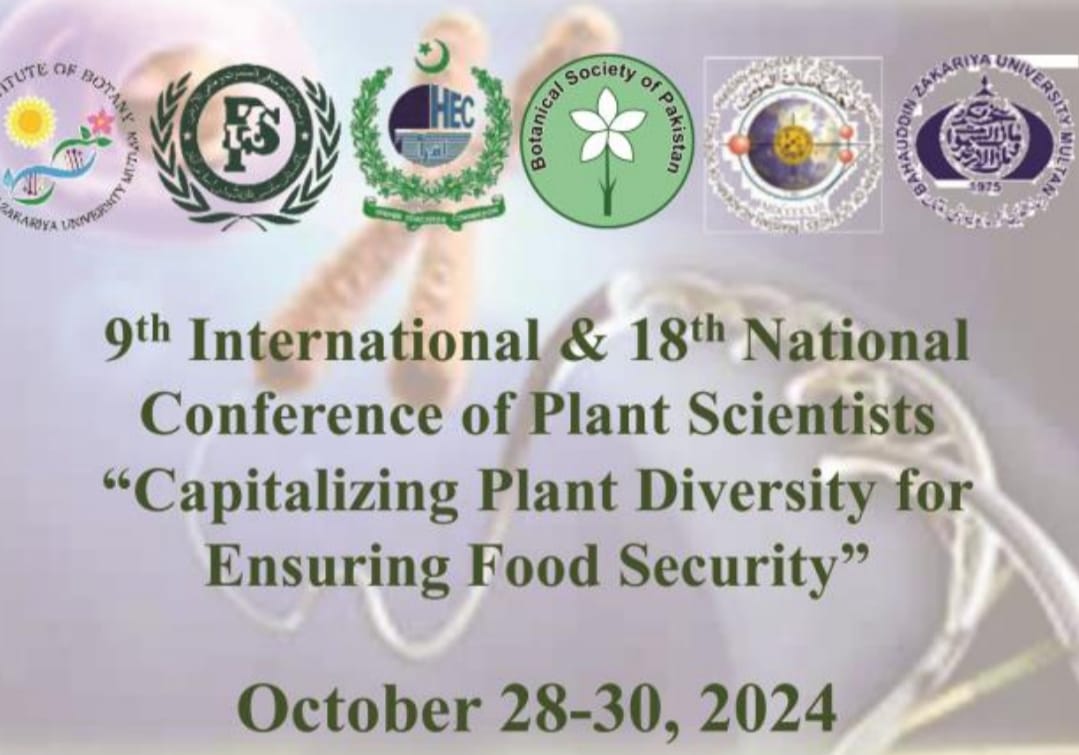PJB-2020-630
Cloning and bioinformatics analysis of purple acid phosphatase gene, PAP1, from Aegilops species
Lijiang Hou, Xiaoyu Feng, Yunze Lu, Qiufang Wu, Xinqiang Gao, Jian Dong and Junwei Wang
Abstract
Phosphorus (P)-starvation is one of the abiotic stresses that can adversely affect plants, causing reductions in their potential yield. In order to discover more P-starvation tolerant germplasm resources and associated candidate genes, we studied both the isolation and characterization of the key phosphorus catalytic enzyme gene PAP1 in Aegilops, an inherently abiotic stress tolerant plant genus. Comprehensive phenotypic observations made under a P-starvation treatment evinced that the stress tolerance was stronger in Aegilops crassa than Aegilops ventricosa. Further, the CDS (coding DNA sequence) PAP1 from the above Aegilops genotypes were cloned; this revealed that both AePAP1s encode low-molecular weight PAPs, much like mammalian PAPs (35 kD). They were highly expressed in roots and constitutively expressed under phosphorus (P) deprivation. The DNA sequence alignment uncovered the presence of 42 single nucleotide polymorphisms (SNPs) between AeVePAP1 and AeCrPAP1, including 20 synonymous SNPs and 22 non-synonymous SNPs. According to the amino acid sequence alignment, the two AePAP1 proteins possessed unique, seven metal-binding residues as well as five conserved motifs of the PAPs family. The constructed phylogenic tree showed that the two AePAP1s from Aegilops shared a tight evolutionary relationship to other mammal-like PAPs from proximal species of Triticum aestivum. Finally, the signal peptide and subcellular localization analysis predicted that both AeVePAP1and AeCrPAP1could play a role in extracellular P scavenging in addition to P mobilization from the rhizosphere
To Cite this article:
Hou, L., X. Feng, Y. Lu, Q. Wu, X. Gao, J. Dong and J. Wang. 2022. Cloning and bioinformatics analysis of purple acid phosphatase gene, PAP1, from Aegilops species. Pak. J. Bot., 54(4): DOI: http://dx.doi.org/10.30848/PJB2022-4(32)
Download PDF


